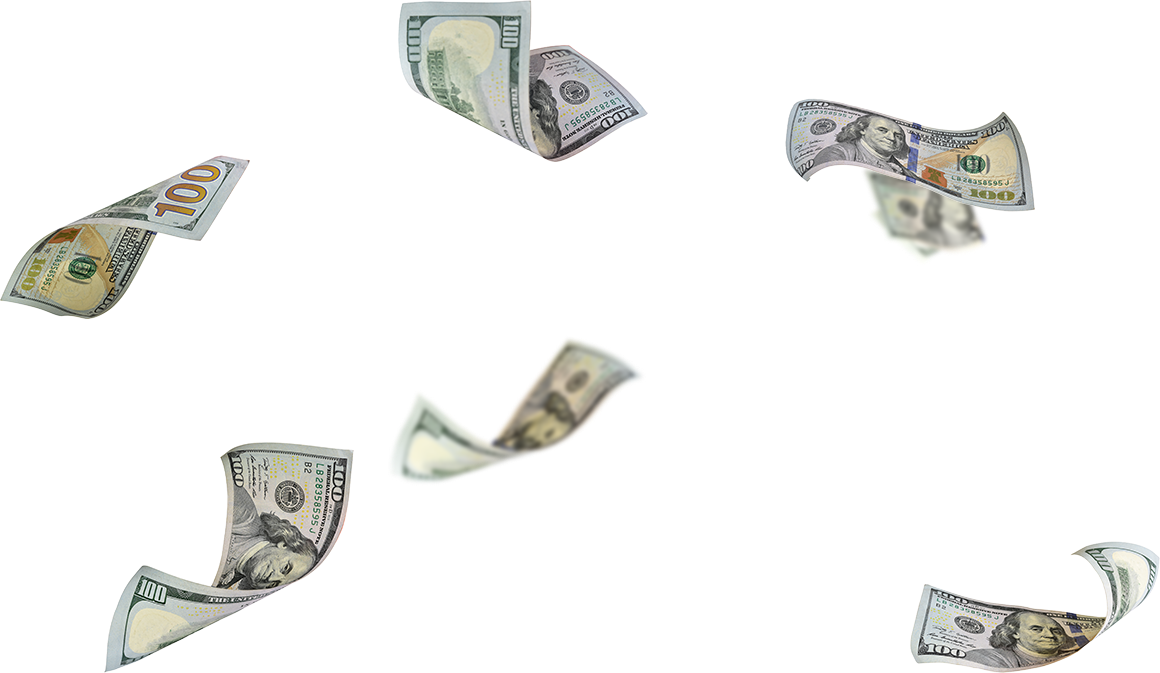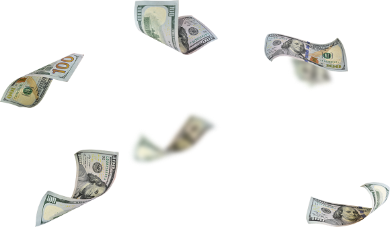America is home to about 5% of the world’s population, but, in 2011, was responsible for around 75% of the world’s opioid prescriptions. In the next 7 years, the use of these drugs increased to the point where an average of 128 Americans fatally overdosed on opioids daily. It was a disaster few saw coming.
At such a scope, it became impossible for us to blame these addictions and overdoses on individual “bad choices.” Reporters began covering the tragedy to bring attention to the plight many states and populations were facing, and then began asking questions. After in-depth investigations, it came out that this crisis had been years in the making.
Here is what we now know about the so-called opioid epidemic: Americans were taken in by pharmaceutical companies who hawked their medications to doctors, understating the risks patients would face because they wanted to reap the profits.
Many Pharmaceutical Companies made billions off prescription opioids, leaving millions of American families to suffer from the consequences of their decisions. This wave of addictions was not a “disease” that hit our people. It was the predictable outcome of bulk opioid sales that enriched a few companies while leaving our nation and families on the hook for treatment and rehabilitation expenses.
Did you or a loved one suffer losses after developing an addiction to prescription opioids? If so, our team wants to help. We’re taking on pharmaceutical companies that released and pushed drugs without sufficient warning of their dangers.
Call Richard Schwartz & Associates Injury Lawyers, P.A. at (601) 869-0696 to learn about your legal options if an opioid addiction turned your world upside down. We want to help American families get their lives back on track.
How Pharmaceutical Companies Broke the Law
The explosion of opioid prescriptions in America didn’t come out of nowhere. It was the reaction to a concerted response by opioid manufacturers and distributors to get more of their drugs in Americans’ hands. Companies involved in this scheme include:
- Purdue Pharma
- Johnson & Johnson
- Teva
- McKesson
- Cardinal Health
- AmerisourceBergen
Here’s how they pushed their products into the marketplace.
Deceptive Marketing
Originally, opioids were only used as a palliative treatment for patients suffering from terminal illnesses. However, pharmaceutical companies saw the promise for big sales and decided to expand their market by suggesting opioids be used in other situations. Never mind the fact that opioids were preserved for patients who would likely never go home, taking an addiction with them. By positioning them as general painkillers, Purdue Pharma increased their opioid sales from $48 million to over $1 billion.
Notably, these marketing campaigns either downplayed the risk of addiction or failed to mention it at all. Purdue Pharma went so far as to fund studies that showed opioids had an insignificant risk of causing patient addiction. Doctors with no frame of reference to evaluate the data took it at face value. They weren’t aware it was a lie manufactured to make opioids seem safer than they were.
This deception was caught out before the opioid crisis struck America: In 2007, Purdue Pharma was fined over $600 million for deceptive marketing practices. However, this amounted to less than a year’s worth of sales to the company. To keep these products on the market, opioid manufacturers adjusted the warnings to mention the possibility of addiction among patients. However, they did not adjust their target demographic at all—meaning opioids continued to reach patients who never should have received them.
Kickbacks, Lobbying, and Beyond
Pharmaceutical companies used their excessive profits to financially motivate the sale and use of opioids. Doctors were essentially bribed to prescribe more opioids to their patients by more than one company involved in the supply chain. There are also allegations of pharmaceutical companies paying off software creators whose programs helped doctors choose medications to prescribe. It seems nothing was off-limits when it came to getting doctors to send more patients home with opioids.
Bribery is clearly unethical and illegal—but it wasn’t the only tactic pharmaceutical companies resorted to in their efforts to sell opioids. They also sponsored educational courses for doctors and funded organizations for doctors and patients alike. With their multitude of connections, sales reps promoted opioids as a safe and effective painkiller—which we now know was utterly untrue.
Because they were providing so much money to the field, it’s likely some people who knew better looked the other way. Opioid-based painkillers become dominant among the industry, and patients had no way of knowing their doctors were prescribing dangerous drugs.
The Costs of Opioid Use
With millions of pills saturating our markets each year, it’s easy to see how someone who was addicted to opioids could access them with relative ease. When pharmaceuticals were implicated in rising rates of opioid use disorders, their manufacturers blamed individual dishonesty and weakness for the trend.
However, the American Society of Addiction Medicine estimates that 80% of heroin users were first introduced to opioids via a prescription. These drugs are extremely habit-forming: When given in non-terminal cases, just a single day on opioids can lead a patient down a path of long-term use. Patients were essentially being sold an addiction, thinking it was a cure.
Because of the widespread and diverse harms caused by opioid addiction, it’s hard to place a price on the damages. By some estimates, the U.S. has lost over $150 billion a year when accounting for lost productivity, public aid, and treatment for those addicted to opioids. Then, there are the individual costs. Some users lost their jobs, their homes, and all their belongings because of their addiction. Families mortgaged their houses to try to afford treatment for loved ones. And, of course, some were unable to pull their parents, siblings, partners, or children back from the brink before they were taken by overdose.
The personal costs—emotional, physical, and spiritual—may never be recovered by many who became hooked on the painkillers they received via prescription. But, the devastation cannot be overlooked. The companies whose greed turned into others’ pain should be held accountable to the highest degree possible.
See If You’re Eligible to File a Lawsuit
We have seen the heartbreak and loss caused by opioid addiction in our communities, and now that there is something we can do about it, our team is ready to fight for those who have been affected. Pharmaceutical companies plundered American communities without caring about the individuals who had their lives forever changed. Now, it is time for them to face the consequences.











